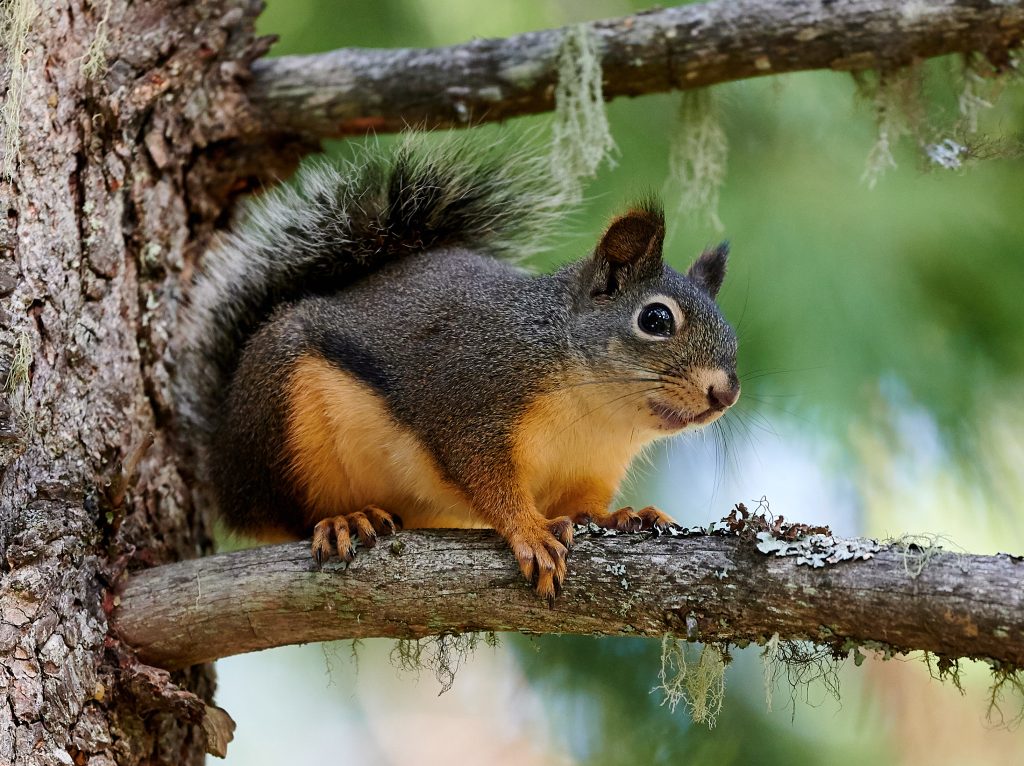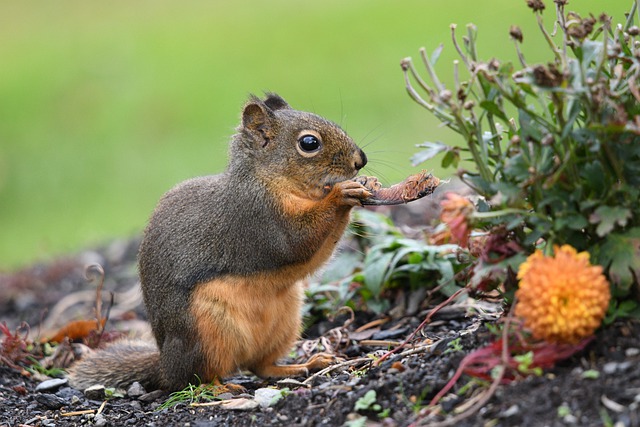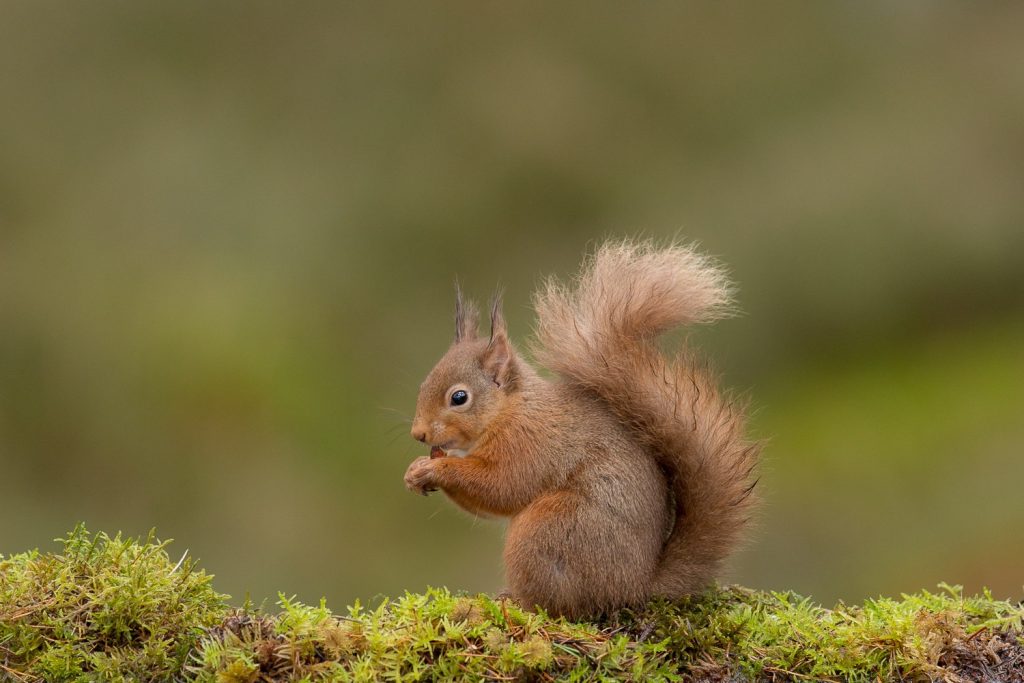Squirrels are small rodents found all over the world, with around 280 different species identified. They play a significant role in the ecosystem, as they are responsible for spreading seeds, which helps to support the growth of new plants and trees. However, many squirrel populations are under threat due to habitat destruction, climate change, and hunting. As a result, conservation efforts are being made to protect squirrel populations and ensure their survival.

One of the most significant threats to squirrel populations is habitat destruction. Squirrels require a diverse range of habitats, including forests, woodlands, and grasslands. Unfortunately, these habitats are often destroyed or fragmented due to human activities such as agriculture, logging, and urbanization. This loss of habitat can lead to a decline in squirrel populations, as they struggle to find food and shelter. To combat this, conservation groups are working to protect and restore squirrel habitats.
The first step in protecting squirrel habitats is to identify areas that are critical to their survival. This involves conducting surveys and studies to determine which habitats squirrels use and depend on. Once these areas are identified, conservation groups can work to protect them through a variety of methods, such as creating wildlife reserves or protected areas, establishing conservation easements, and encouraging sustainable land use practices.
Another important strategy for protecting squirrel populations is to reintroduce them to areas where they have been extirpated or become locally extinct. This involves capturing squirrels from healthy populations and releasing them into suitable habitats where they can establish new populations. This approach has been successful in many cases, such as the reintroduction of the red squirrel to areas of the UK where they had become locally extinct. However, it requires careful planning and management to ensure that the reintroduced squirrels can thrive and do not negatively impact other species or ecosystems.

In addition to habitat protection and reintroduction, conservation efforts are also focused on reducing threats to squirrel populations. One of the most significant threats is hunting, which occurs in many parts of the world for both sport and food. In some cases, squirrels are also trapped for their fur or as a pest control measure. To combat this, conservation groups are working to raise awareness about the importance of squirrel conservation and the negative impacts of hunting. They are also working with local communities to develop sustainable alternatives to hunting, such as ecotourism or sustainable agriculture.
Another significant threat to squirrel populations is climate change. As temperatures rise and weather patterns become more erratic, squirrels are forced to adapt to changing conditions. However, many species of squirrels are adapted to specific environments and may not be able to adapt quickly enough to keep up with the pace of climate change. To address this, conservation efforts are focused on reducing greenhouse gas emissions and developing strategies to help squirrels adapt to changing conditions.
In addition to these broad strategies, there are many specific conservation efforts being made to protect individual species of squirrels. For example, the Mexican gray squirrel, which is found only in Mexico, is classified as endangered due to habitat loss and hunting. Conservation groups are working to protect the squirrel’s habitat and reduce hunting pressure, as well as developing captive breeding programs to help boost populations.

Overall, conservation efforts are essential to protect squirrel populations and ensure their survival. By protecting habitats, reintroducing squirrels to areas where they have become locally extinct, reducing threats such as hunting, and working to address the impacts of climate change, we can help to ensure that these fascinating and important animals continue to thrive in the wild.